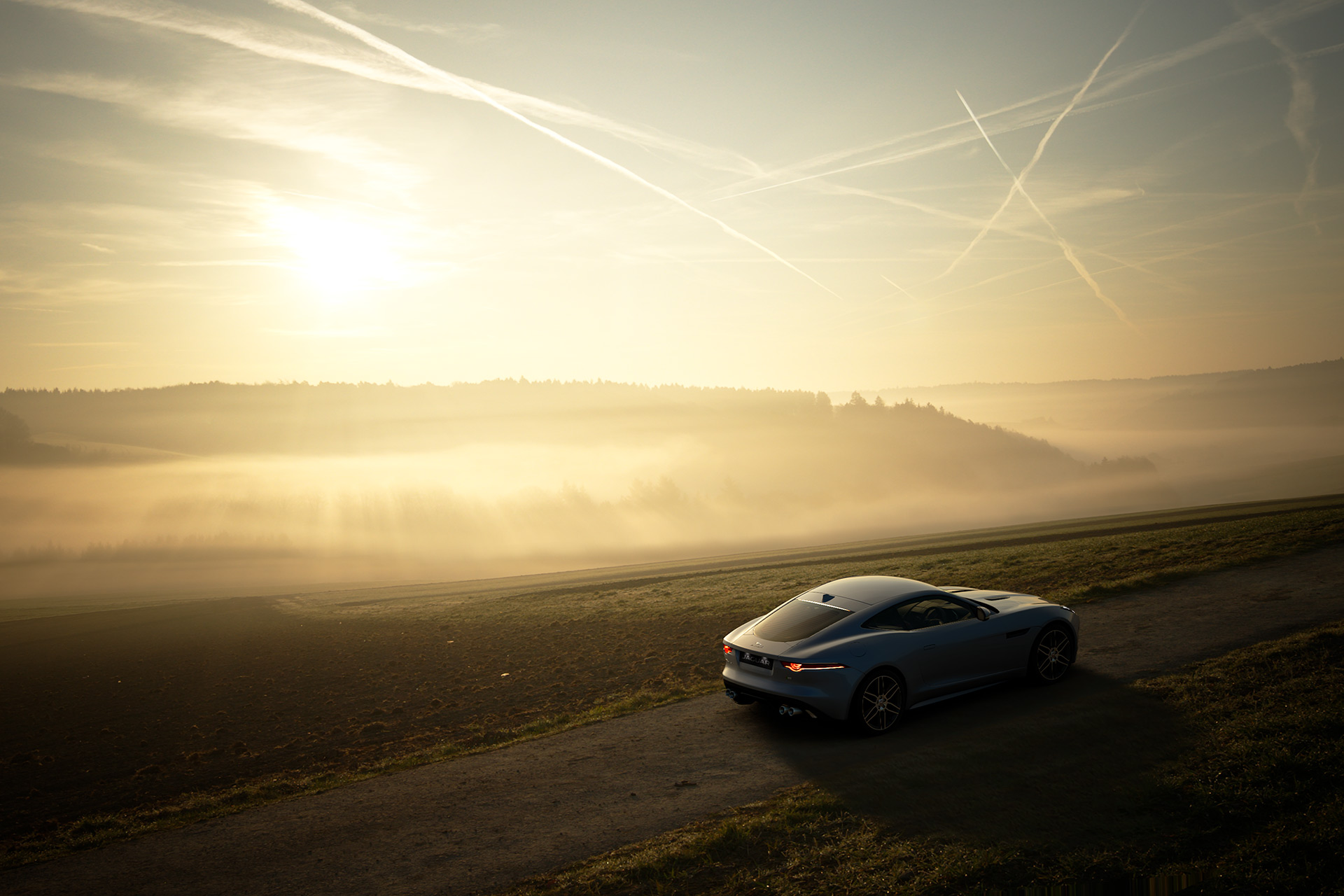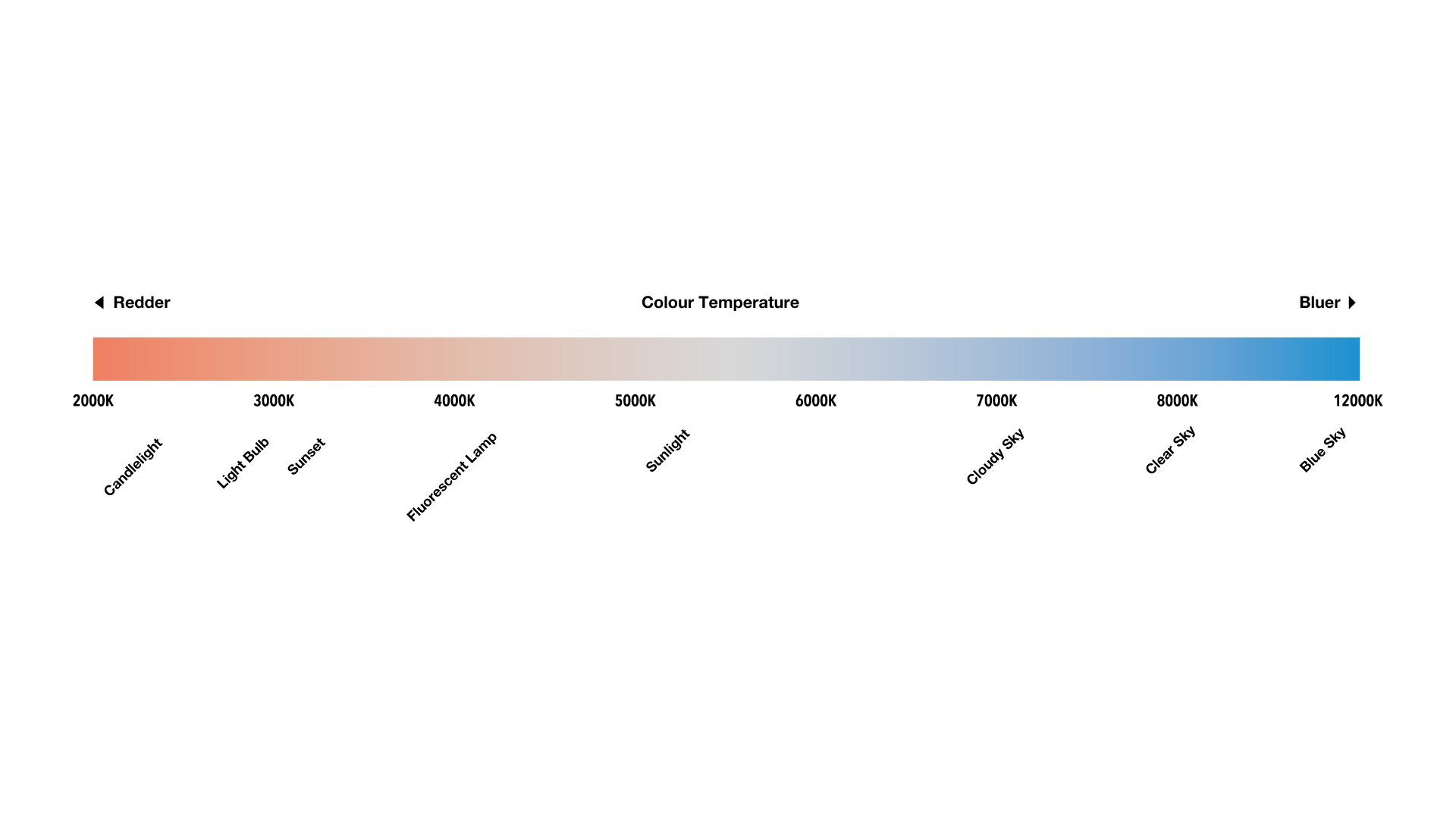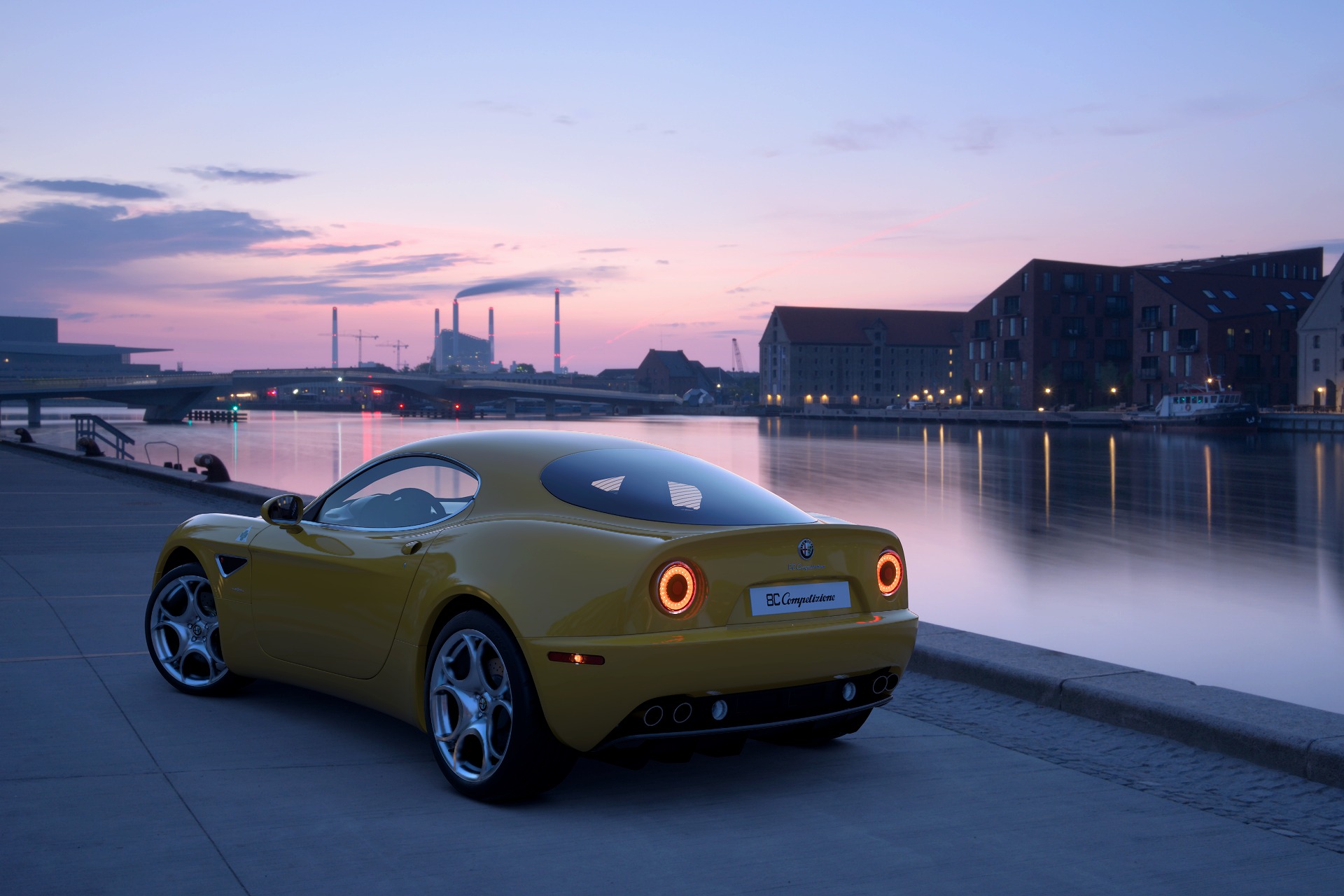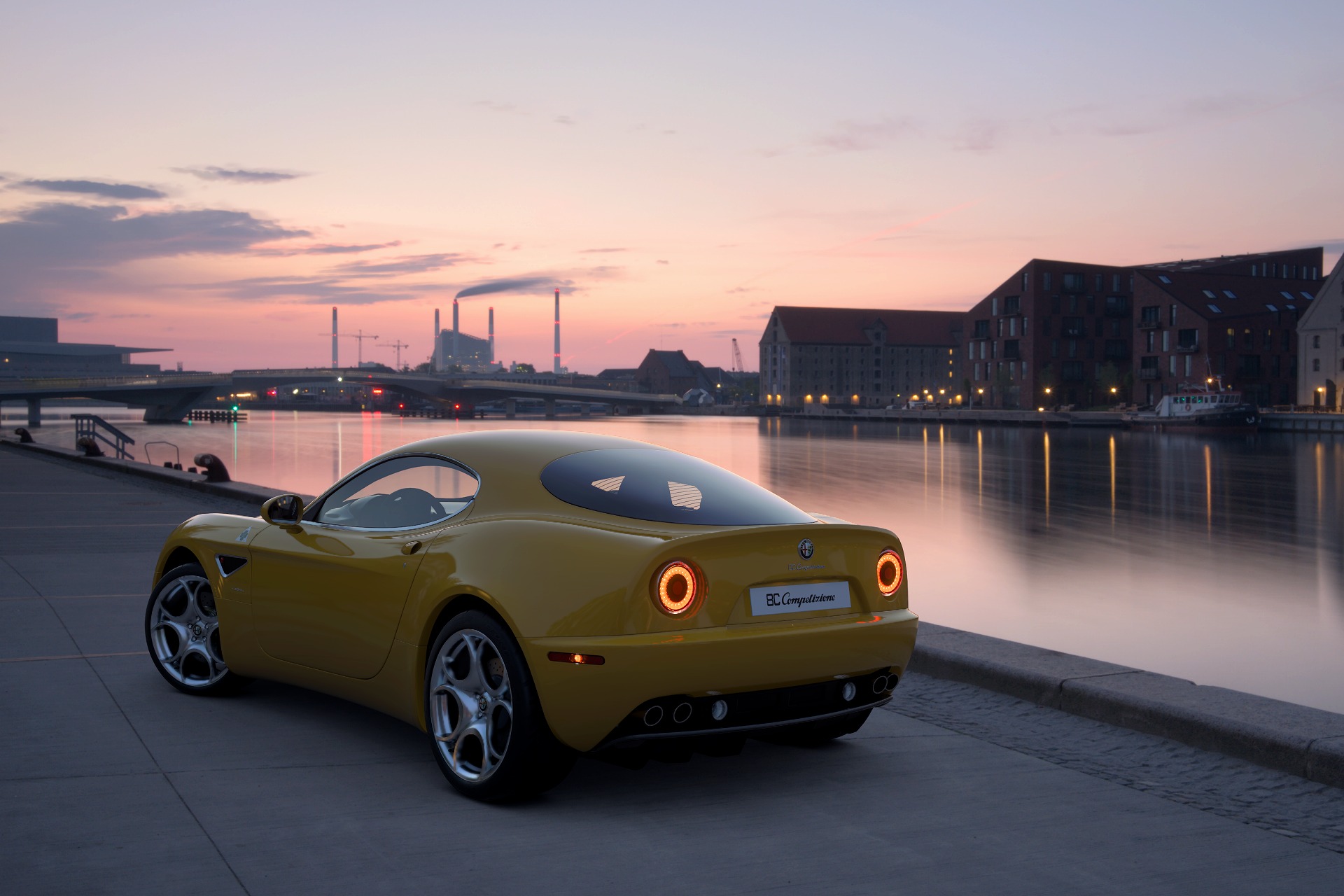Color Temperature
Photographing Cars 5
Recreate the Colors of Sunrise and Sunset as You Please

It may seem like an odd way of describing it, but the quality of the color of light is described as its 'temperature.' Direct sunlight in the middle of the day has a color temperature of around 5500K (Kelvin). The blue light of early morning has a color temperature of around 6500K, while the reddish light of evening has a color temperature of around 3800K.

Photography on film usually had the perfect color balance for midday sunlight. As such, photos taken in the early morning all looked a bit blue, while photos taken in the evening looked a little more red. In those days, this was corrected with filters, which ensured that photos had just the right coloring.
However, with digital cameras, photographers have been able to freely adjust color temperature at will. Set the color temperature to ‘automatic’ and you can take photos with a neutral color balance at any time of day, even at sunset or in the early morning. I find this a bit dull, however. If the red light of the setting sun moves you to take a photo, you want to enhance that redness. If you’ve woken up early to take a scene lit by the blue of dawn, you probably want to emphasize that color. I generally try to recreate the colors that I myself feel happiest with.
Adjusting the color temperature is also possible in ‘Scapes.' Once you’ve decided on your composition and lighting, it’s important to take color temperature into consideration, as it can add real emotional depth to your photos.

- Here’s an example of what can be done by adjusting color temperatures in ‘Scapes.' In the left photo, the color temperature has been set to 6500K. This emphasizes the blue of the sky and the buildings in the background.

- In the right photo, the color temperature has been set to 4500K. Red tones throughout the image have been emphasized, giving the photo more of a sunset feel.
This is going off on a bit of a tangent, but I often hear people saying things like, "Even if I take exactly the same photo in Tokyo and California, the coloring is totally different." I understand that feeling well. The first time I left Japan to take photos in Europe (I was using film back in those days), I remember being really shocked by how different my shots looked.
I think one reason for this is probably the difference in air temperature. When the temperature is low, you can see far into the distance, and you can take photos with awesome clarity and definition.
Another reason is the difference in the quality of light. We’re not usually aware of it, but the light reflects differently off everything around us. In Britain, this might be the green of a cow pasture or the brown of a row of brick houses. In California, the colors of sandy desert shrubs absorb the rays of the sun, creating a unique type of lighting. That’s the reason why photos taken in different locations look so different.
The ‘Scapes’ feature includes backgrounds from all over the world, so try to bear this in mind: It’s a whole new way to have fun with photography.
